Swimming, floating and microscopically small…they are everywhere! Even in the deepest sea vent and in boiling hot water springs. Do you know what bacteria are? Sometimes we ask “what is bacteria?”, but bacteria is actually a plural (more than one) of bacterium (one bacteria). Bacteria are microorganisms (too small to see with your naked eye)
Swimming, floating and microscopically small…they are everywhere! Even in the deepest sea vent and in boiling hot water springs. Do you know what bacteria are? Sometimes we ask “what is bacteria?”, but bacteria is actually a plural (more than one) of bacterium (one bacteria). Bacteria are microorganisms (too small to see with your naked eye) that can be found everywhere on earth, even in your own body!
Let’s look at the definition of bacteria. Bacteria can be defined as a very big group of microorganisms that are placed in one of three categories of living organisms. They are prokaryotic and are unicellular (one celled). A prokaryotic organism is an organism that has a single DNA (molecules that hold all the genetic information of an organism) strand. The DNA in a prokaryotic cell is not in the nucleus (centre of cell).
Different types of bacteria:
Bacteria can be categorized by looking at different characteristics! Let’s look at a few of these characteristics. On earth there are lots of different types of bacteria. They differ in shape, size and function.
Bacteria can be characterized by shape. The three main shapes of bacteria is coccus (spherical/round), bacillus (rod-shaped), and spiral shaped. You can also get bacteria that have other shapes, such as the bacteria named amoebae. This bacteria looks just like a moving blob and we say that it has a pleomorphic shape.
Bacteria can be characterized by looking at the way that it respires (breathes). We call bacteria that do not need oxygen to breathe, anaerobic bacteria. When they need oxygen to breathe we call them, aerobic bacteria.
There are two large groups of bacteria. These groups are called gram positive or gram negative groups. When we want to know to which group a bacterium will belong to, we stain them with a chemical. Depending on the types of chemicals in the cell wall, a gram positive bacterium will turn purple in colour and a gram negative bacterium will turn pink in colour.
When we look at the different ways in which bacteria move, we can also characterize them. Some bacteria move by using cilia, these are hair like structures that push against the surrounding material to make the bacteria move forward. An example of a bacterium that uses cilia is a paramecium. Bacteria can also move by using flagella. Flagella are hair-like structures, used by some bacteria so that it can be propelled forward. Protozoan (bacteria that are usually single celled and uses carbon for energy) group Mastigophora, is an example of bacteria that uses a flagellum.
Bacteria can be characterized by looking at their nutrition. Autotrophic bacteria are bacteria that can make their own food, such as phototrophic bacteria that can make food through photosynthesis (process of how plants make food by using oxygen, nutrients, water and sunlight) just like plants.
Heterotrophic bacteria, are those bacteria that cannot make their own food, so they need food such as dead plant leaves.
Symbiotic bacteria are bacteria that help another organism and the organism helps the bacteria in return. For example, some bacteria live close to, and even in plant roots. These bacteria can help to break down organic molecules so that the plant can easily take up nutrients that it could not have absorbed before. In return the plant can give other nutrients to the bacteria. Parasitic bacteria are bacteria that feed on other organism. They are the same as ticks that drink the blood of animals and humans.
Different types of bacteria use different ways to reproduce (make more bacteria or multiply). Bacteria can reproduce in different ways such as budding (a small cell that are attached to the mother cell forms and is then released) and binary fission (The cell makes another DNA molecule, the cell grows and it divides).
Good and bad bacteria:
Did you know that you get bacteria that are good and can help your body? Other bacteria can make you very sick! Examples of good bacteria are Lactobacillus delbreuckii bulgaricus and Lactobacillus delbreuckii lactis. These bacteria can be found in yogurt and when you eat it, goes into your stomach and intestines. These bacteria in the stomach and intestines can help your body to break down milk and sugar.
Bad bacteria can cause different types of bacterial infections to take place in your body! A bacterial infection takes place in the body when harmful bacteria start to multiply in your body. You may have had a few bacterial infections in your life. An example a bacterial infection is strep throat. The doctor might have told you that you have had gastritis in your life. This is when bad bacterial start to multiply in your intestines. The doctor normally gives you antibiotics to kill the bacteria in your body. You should make sure that they give you a good probiotics as well, so that you can replace all the good bacterial in your body. Bacteria can cause disease in your body. Examples of diseases caused by bacteria are: syphilis tuberculosis and cholera.
As you can see, bacteria can be good or bad to your body. To make sure that you get good types of bacteria in your body, you should eat lots of yogurt. Tell me what your favourite flavour of yogurt is!







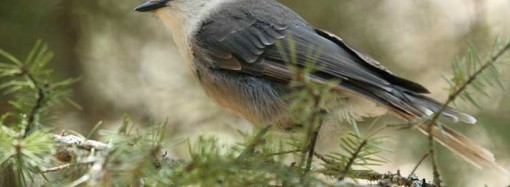
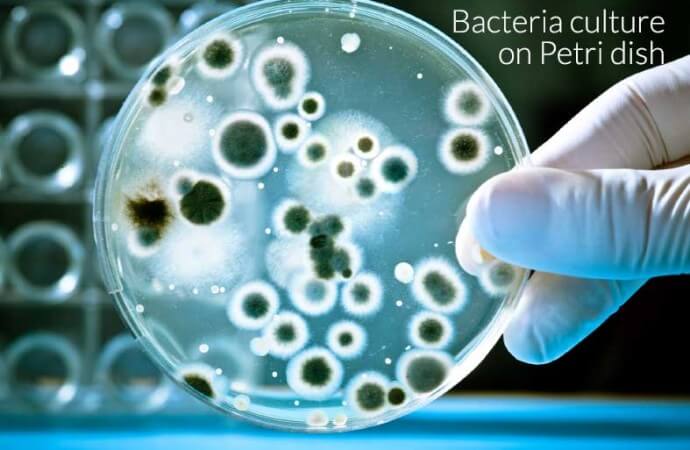


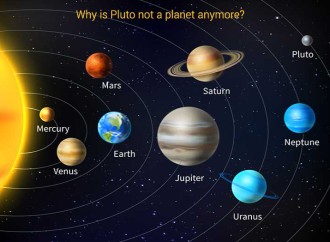



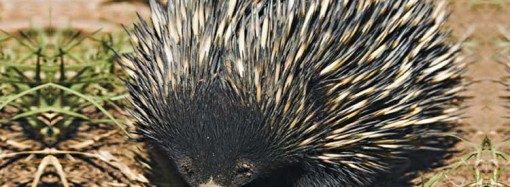
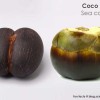

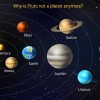




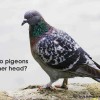




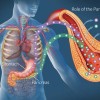





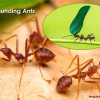










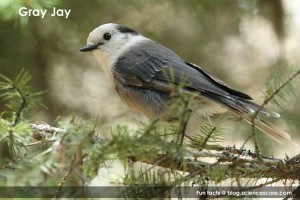
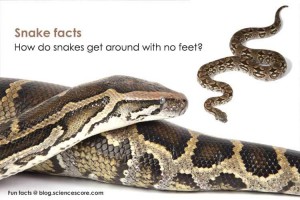
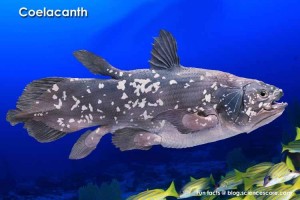
Leave a Reply